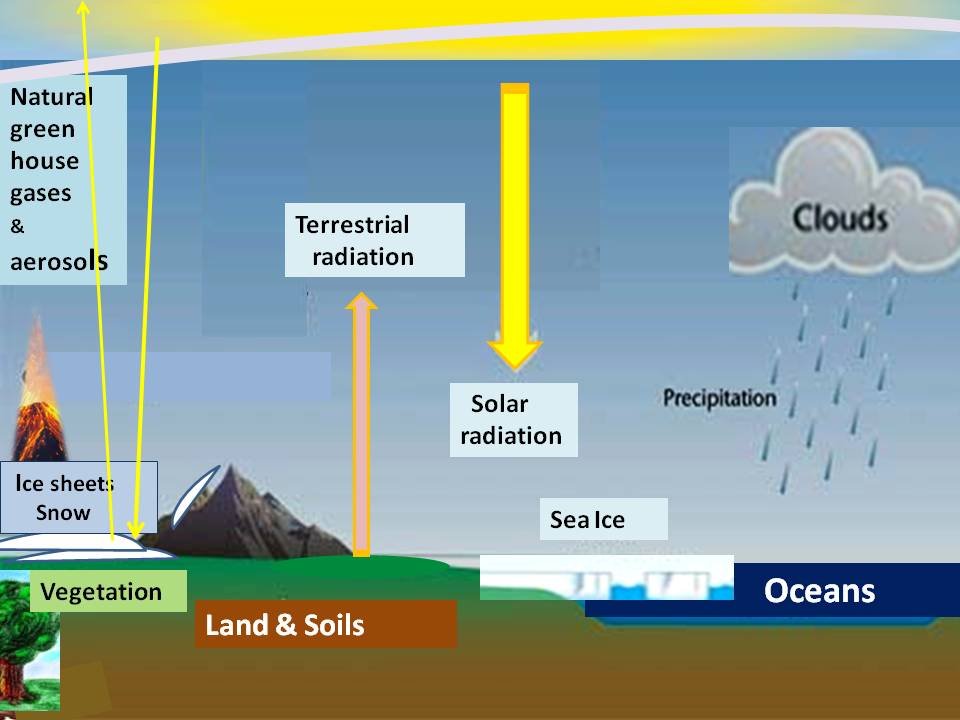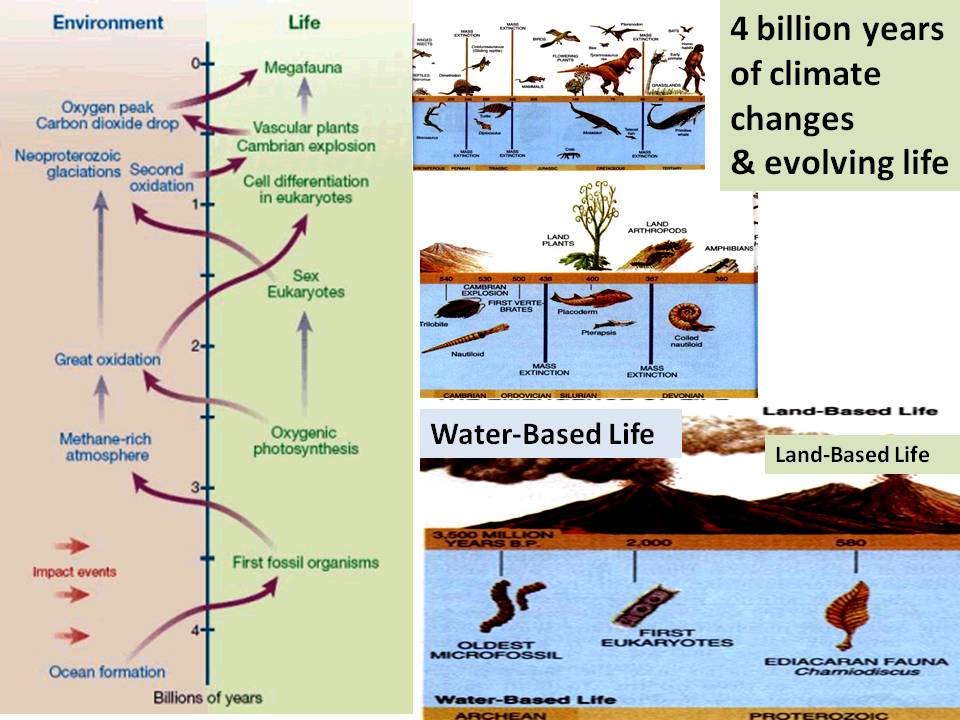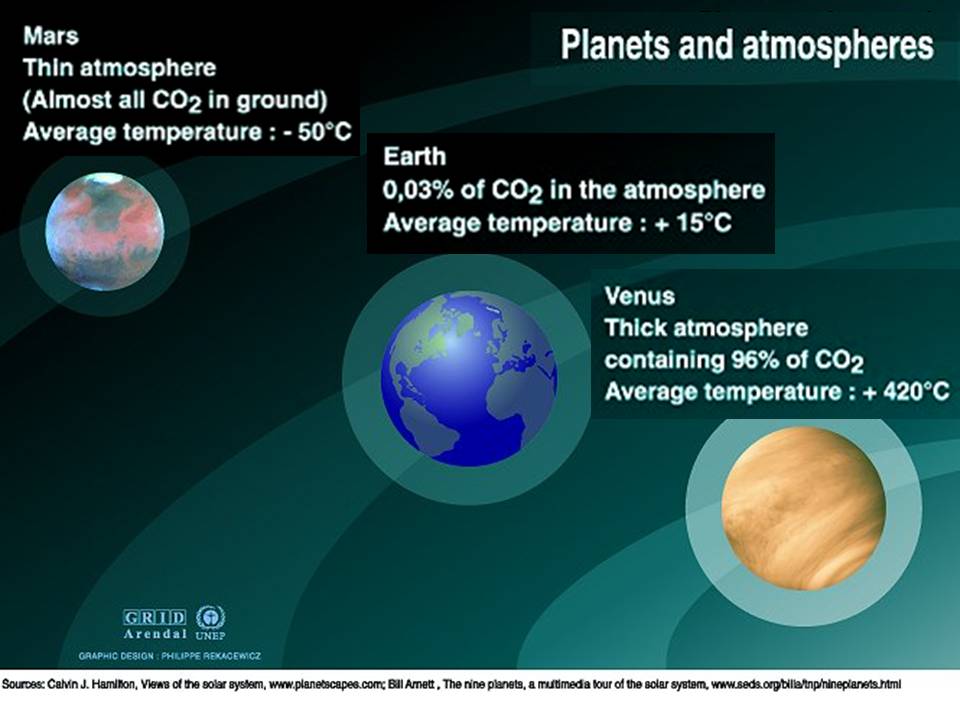All animal life depends first and foremost on a satisfactory climate to survive.
We live in the Cenozoic age marked by the greatest biodiversity ever. It is the age of mammals, vast forests, birds and flowering plants that developed out of the age of the dinosaurs that ended 65 million years ago. We all depend on the limited range or stability of climate that we, evolved under to survive and prosper.
DEFINITION:Climate is weather over a long period of time.
We experience climate and weather as energy: heat energy, wind energy and hydrological (water) energy.
Climate is the average weather conditions for a particular location over a long period of time, ranging from months to thousands or millions of years. WMO uses a 30-year period to determine the average climate (1.45°C.)
The global mean temperature in 2023 was 1.45°C above the 1850-1900 average.
Climate defined by IPCC AR6
In a narrow sense, climate is usually defined as the average weather -or more rigorously, as the statistical description in terms of the mean and variability of relevant quantities- over a period of time ranging from months to thousands or millions of years.
The classical period for averaging these variables is 30 years, as defined by the World Meteorological Organization (WMO). The relevant quantities are most often surface variables such as temperature, precipitation and wind. Climate in a wider sense is the state, including a statistical description, of the climate system.
This 30 year time period is used to follow climate change, but it's too short for climate security
For climate security we need stability which means to looking at climate over a period of centuries.
Climate science however has projections of global warming and climate only up to 2100.
Civilization depends on agriculture which depends on climate stability. The stability makes climate and weather predictable. It also has to be a climate free of frequent or severe extreme weather, which means a stability of global surface temperature. That's a time frame of millennia.
We must provide climate stability for all future generations which is a future period of many
We now know that this is a co-evolving planet. Species ecosytems (life) and climate have all co-evolved together over ages of time. This process depends on ages of time.
The planet's climate swings in and out of ice ages. We now know from the ice cores that it is the concentrations of atmospheric carbon dioxide and methane that act as the thermostat of the planet's climate.
Industrial (fossil fueled) civilization is pouring carbon into the atmosphere at a rate thousands of faster than has ever happened to planet Earth.
We are now rapidly altering the climate that we and our primate ancestors have evolved in.
We are creating a wrecked planet that will be hostile to our descendants.
We are very lucky because we were born on the Goldilocks planet. It is one of life's miracles that Earth is not too cold like Mars nor too hot like Venus, but just right for life.Earth has a climate that suppots a great and wonderful diversity of life.
Earth has a climate that supports a great diversity of life. We are very lucky because we were born at the time of the greatest diversity and abundance of life on Earth.
We are also very lucky that the climate is so predictably moderate at this time (past 10,000 years) that agriculture is so successful.
We have the climate to thanks for all this good fortune.
To keep this good fortune we need climate security which is climate stability
All life on Earth depends on the stability of the planet's climate for survival.
The climate system of our planet is made up primarily by the vast size of two
systems- the atmosphere and the oceans. Planet Earth remember is mainly water.
We inhabit the Water planet we call Earth.
The oceans ultimately control the climate.
Next in line of importance comes the remaining great forests of the planet the largest being the far northern Boreal forest and the Amazon. The Boreal in fact stores far more carbon than the Amazon.
The essential scientific characteristic of the planet's climate system is great inertia or very long lag times in response to a change. After all Water planet Earth is a mighty big place to change. The useful simple analogy is the response of a super tanker to changing course/ slowing down/stopping.
Species and climate have evolved together
Climate
Atmosphere - climate.
This UNEP illustration shows three main energy balance factors:
- solar energy in,
- atmospheric chemistry (greenhouse gases),
- albedo cooling sends solar energy back out.
Wind and ocean circulations are the result of energy differences between the poles and the tropics.
Greenhouse gases are special because their atomic structure makes them become energized when in the atmosphere by the radiant energy of the Earth. Greenhouse gases are very powerful heat energy radiators.
Even though CO2 and methane are trace gases present as minute concentrations in the atmosphere they swing the temperature of the planet in and out of ice ages.
Carbon dioxide exerts a great influence over the climate because it is so long lasting in the atmosphere radiating heat energy constantly. Twenty per cent of all CO2 emitted lasts in the atmosphere for 1000 years.
Climate and weather are the result of energy
affecting the planet.
Click on image to enlarge
only zero carbon only zero carbon only zero carbon only zero carbon only zero carbon only zero carbon only zero carbon only
Climate determines survival
What is climate? The physiology of planet Earth that sustains all life.
Climate System
Our climate is the result of the climate system operating, which is most of the planet.
Earth's climate system is a complex system with five interacting components:
the atmosphere (air),
the hydrosphere (water),
the cryosphere (ice and permafrost),
the lithosphere (earth's upper rocky layer) and
the biosphere (living things).
OCEANS
By far the largest component of the climate system is the oceans,
so for long term climate security and stability we need ocean stability.
Climate science is not directed at ocean stability
Climate is determined by a combination of processes, such as ocean currents and wind patterns.
Circulation in the atmosphere and oceans transports heat from the tropical regions to regions that receive less energy from the Sun. Solar radiation is the main driving force for this circulation.
The water cycle also moves energy throughout the climate system.
In addition, certain chemical elements are constantly moving between the components of the climate system. Two examples for these biochemical cycles are the carbon and nitrogen cycles.
The climate system can change due to internal variability and external forcings. These external forcings can be natural, such as variations in solar intensity and volcanic eruptions, or caused by humans. Accumulation of greenhouse gases in the atmosphere, mainly being emitted by people burning fossil fuels, is causing climate change.
Human activity also releases cooling aerosols, but their net effect is far less than that of greenhouse gases.
Changes can be amplified by feedback processes in the different climate system components.
Climate safety comes under the 1992 UN climate change convention. (UNFCCC)
The convention is referred to by the IPCC but by the IPCC terms of reference it avoids climate safety/danger as 'value judgments the science cannot make. The IPCC does not recommend what is best for climate safety, it provides the mitigation options. Convention
Article 2 OBJECTIVE
The ultimate objective of this Convention is to achieve, stabilization of greenhouse gas concentrations in the atmosphere at a level that would prevent dangerous anthropogenic interference with the climate system. Such a level should be achieved within a time frame sufficient to allow ecosystems to adapt naturally to climate change, to ensure that food production is not threatened and to enable economic development to proceed in a sustainable manner.
Surprisingly few people involved in climate change know this.
Climate policy is not guided by atmospheric greenhouse concentrations, only by global warming.
Many have said that danger is not defined by the convention, when is clearly specifically is.
The climate system
UN Convention on Climate Change







